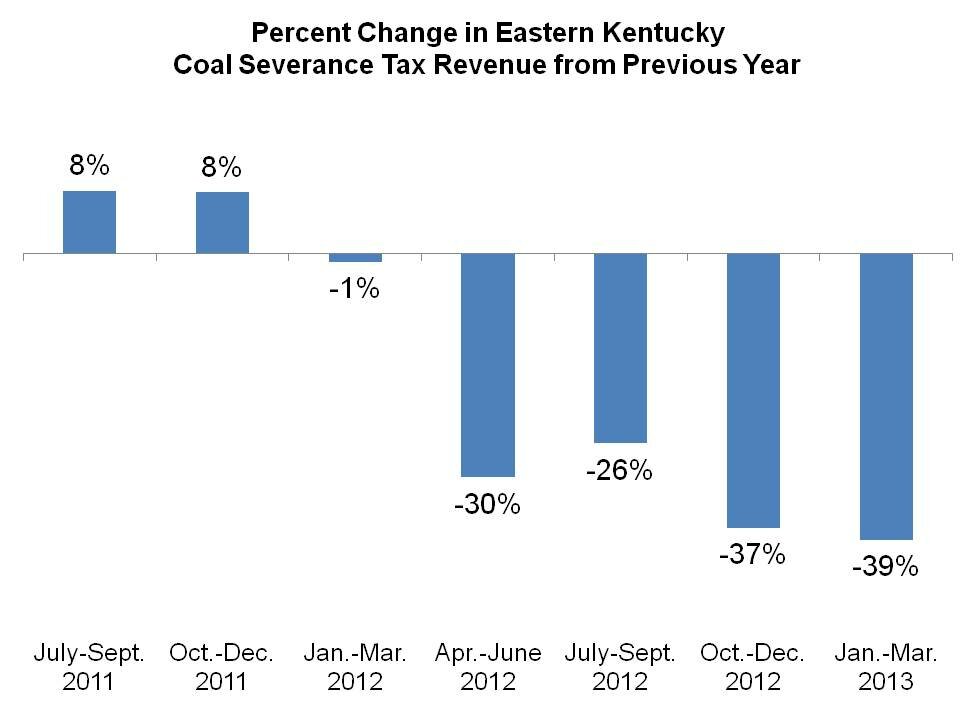What a weekend! The Appalachia's Bright Future conference was a huge success – over 200 people sharing ideas, strategies, hopes and projects that will help to build the Appalachian economy into something more homegrown, inclusive and resilient. These ideas ranged from supporting local farmers to developing eco-tourism infrastructure to worker-owned cooperatives. We heard from Brendan Smith, a fisherman from Newfoundland where the fishery collapse caused suffering much like the coal bust in Central Appalachia, who said, "Some of these ideas may seem crazy. But this is a time of transition – maybe we need a little crazy!" The "little bit of crazy" is also one of our biggest obstacles. It's clear we need to think differently about our economy, about what Appalachians are capable of, about what our future can be. "Deeply entrenched lowered expectations" hold us back, said Amelia Kirby, co-owner of Summit City Lounge in Whitesburg. Her sentiment was echoed throughout the weekend, as folks expressed frustration about all those people who say it's not possible – to any new idea, no matter what it is. We always hear "East Kentucky can't, East Kentucky won't," said Justin Maxson, president of MACED, "When did we start believing it – and why?" Gerry Roll, director of the Foundation for an Appalachian Kentucky, said it quite eloquently: "Our biggest challenge is imagining ourselves differently and then believing that it's worth it." The conference was filled with people who believe that Appalchia is worth it, and now those folks are home and...

